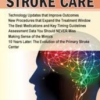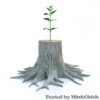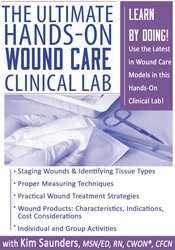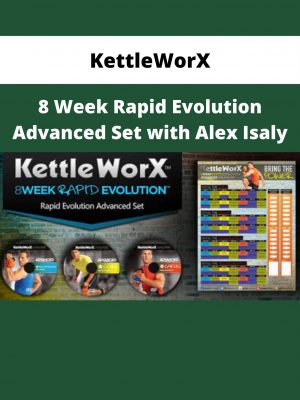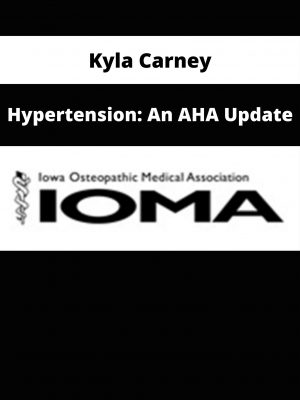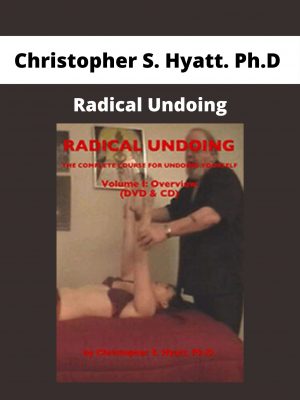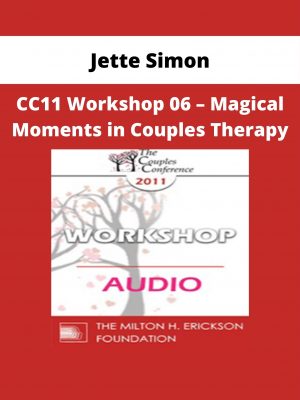Kim Saunders – The Ultimate Hands-On Wound Care Clinical Lab
$219 Original price was: $219.$62Current price is: $62.
Shopping Instructions:
- DISCOUNT 15% : SHOP15
- Product Delivery: Within 1 – 12 hours after purchase.
You are on the front lines of providing care to patients with a variety of skin and wound conditions, and play a critical role in patient outcomes and your facility’s bottom line.
Kim Saunders – The Ultimate Hands-On Wound Care Clinical Lab
Wound Bed Tissue Types: Presentation & Treatment
- Epithelial Tissue
- Granulation Tissue
- Healthy Granulation
- Hypergranulation
- Necrotic – When and how to debride
- Slough – Moist, devitalized tissue
- Eschar – Dry devitalized tissue
Wound Margin Issues and Strategies
- Epiboly – Rolled edges
- Hyperkeratotic – Dry, calloused edges
- Undermined – Trauma or drying of wound bed
- Peri-wound signs of possible infection
- Erythema (redness) and heat
- Induration (hardened tissue)
- Fluctuance (mushy tissue)
Characteristics of Common Wounds
- Phases of healing: Normal vs. chronic
- Etiology, location, characteristics
- Arterial insufficiency
- Venous insufficiency
- Diabetic/Neuropathic
- Pressure ulcers – Demystifying the stages
- Using the latest in wound care model technology, participate in skill-based exercises in:
- Wound staging
- Tissue type identification
- Proper measuring techniques
- Tunneling/Undermining
- Wound care product awareness and application
Strategies to Select Dressings for:
- Dry/Minimally draining wounds
- Hydrogel
- Oil emulsion dressing
- Moistened gelling fiber
- Hydrocolloid
- Moderate draining wounds
- Alginate or gelling fiber
- Glycerin based hydrogel
- Traditional foam
- Heavy/copious drainage
- Negative pressure wound therapy
- Moisture responsive dressings
- Super absorbent dressings
Strategies for Decreasing Bioburden
- Best cleansing
- Use of surfactants
- A new look at antiseptic cleansers
- Breaking biofilm
- Antiseptic dressings
- Silver
- Iodine complex
- Hyperosmolar (sugar, salt, honey)
- Methylene blue, gentian violet
- Dressings that trap exudate trap germs also
- Dressings that attract bacteria ionically
Tissue Based Products
- Autograft
- Allograft
- Cryopreserved
- Grown in vivo
- Acellular
- Xenograft
- Bovine
- Porcine
- Equine
- Marine
Would you like to receive Kim Saunders – The Ultimate Hands-On Wound Care Clinical Lab ?
Description:
- Staging wounds & identifying tissue types
- Wound characteristics, indications & cost considerations for product selection
- Accurate measuring techniques
- Practical wound treatment strategies – for your most difficult wounds
- Actual wound models and sample products to practice new skills!
In healthcare facilities across the country, billions of dollars are being spent annually on skin care and wound management. You are on the front lines of providing care to patients with a variety of skin and wound conditions, and play a critical role in patient outcomes and your facility’s bottom line. There is no better way to learn new problem solving skills than through this Hands-On Clinical Lab. Attend this highly interactive seminar and learn wound care assessment skills by DOING!
Wound care educator and consultant, Joan Junkin, MSN, CNS, will teach you new strategies for wound assessment and interventions, using wound care teaching models and sample products. The Hands-On Clinical Lab will add a live, hands-on component to learning that will enhance your retention of skills and techniques covered. Practice identification, measurement and the applications of various products on realistic wound care models. These models provide a life-like simulation to allow for improved assessment and treatment of a wide variety of wound care presentations, including all stages of pressure ulcers, tissue types, undermining, tunneling, fissure and surgical dehiscence. Take your understanding of wound care to the next level with this hands-on, interactive clinical lab. Register today – space is limited!
Here’s What You’ll Get in Kim Saunders – The Ultimate Hands-On Wound Care Clinical Lab
Related products
HEALTH & MEDICAL
Matthew Troester – How Much Sleep Do We Need and How to Get It
HEALTH & MEDICAL
KettleWorX – 8 Week Rapid Evolution Advanced Set with Alex Isaly
HEALTH & MEDICAL
HEALTH & MEDICAL
HEALTH & MEDICAL
HEALTH & MEDICAL
HEALTH & MEDICAL
CC11 Workshop 06 – Magical Moments in Couples Therapy – Jette Simon
HEALTH & MEDICAL

